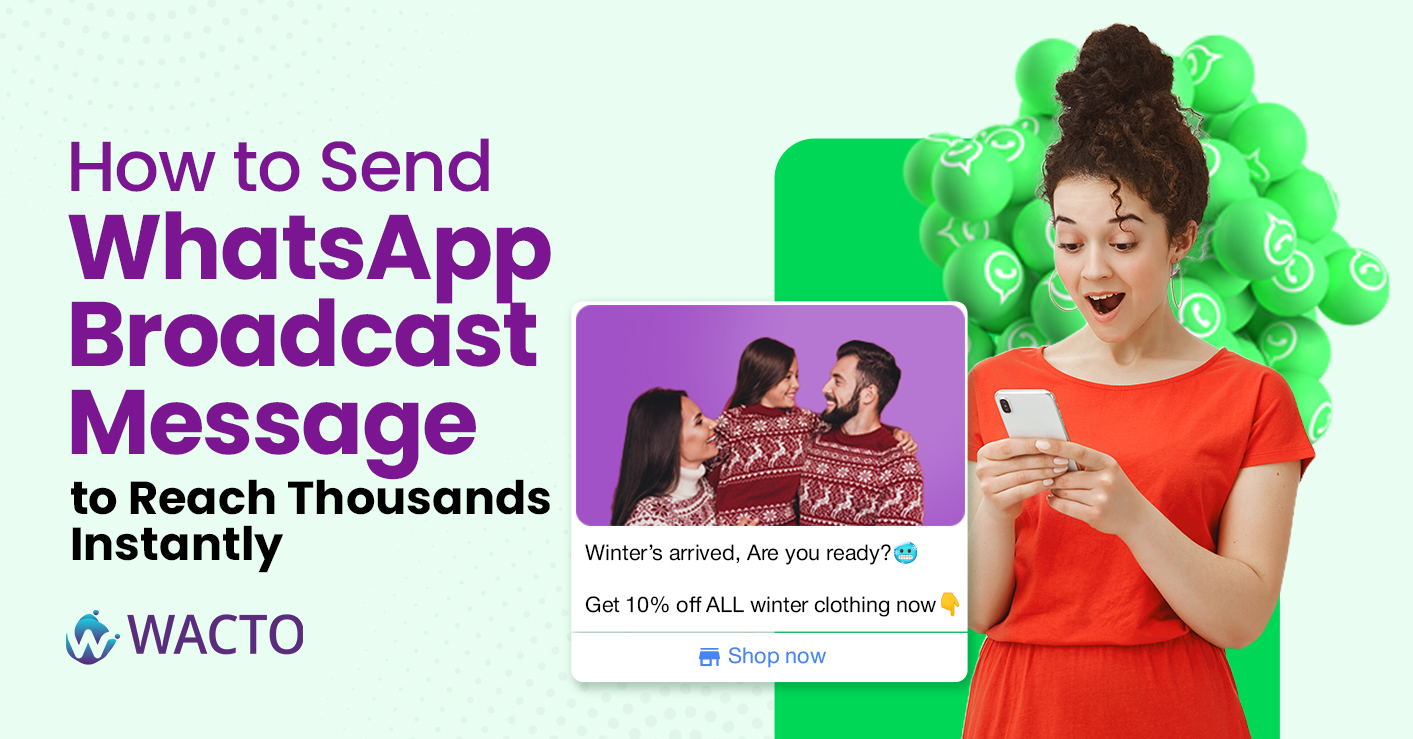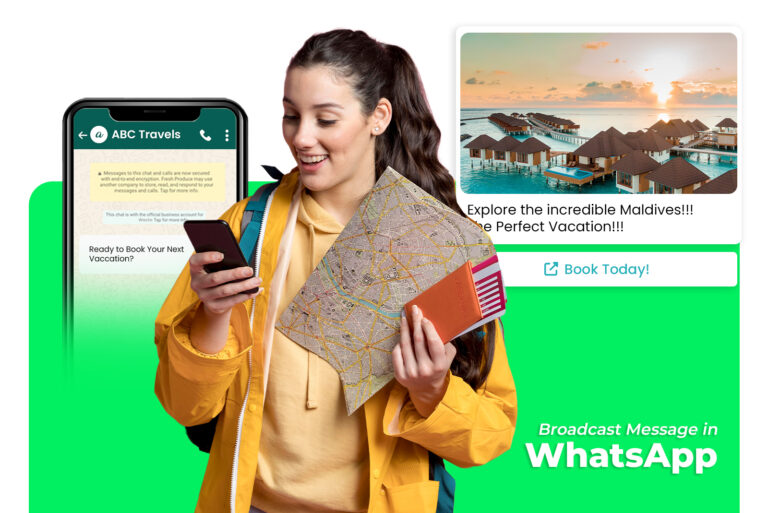
How to Send WhatsApp Broadcast Message
If you’ve ever sat there, forwarding the same message to dozens (or hundreds) of people one by one… you know it’s not just boring—it’s a total time killer. That’s where the magic of WhatsApp broadcast message comes in.
It’s basically your shortcut to talking to a crowd without actually creating a noisy group chat. Everyone gets your message privately, but you only typed it once. No awkward “who’s this?” replies from strangers. No endless notifications from people sending thumbs-up emojis.
So, What’s a WhatsApp Broadcast Anyway?
A WhatsApp broadcast is kind of like making an announcement, but in a way that still feels personal.
Imagine you run a little bakery. You’ve just introduced a new chocolate lava cake, and you want 150 regular customers to know about it. Instead of sending 150 individual messages, you just pop them into a broadcast list on WhatsApp, write one tasty-sounding update, and send. Each person gets it in their chat with you—like it was meant just for them.
The WhatsApp Broadcast Limit (Yep, There’s a Cap)
Here’s the not-so-fun part: the standard WhatsApp Business App lets you send a broadcast to only 256 contacts at a time.
If your customer list is bigger than that, you’re stuck repeating the process over and over.
The fix? Use the WhatsApp Business API. With it (and a tool like WACTO), you can send broadcast messages on WhatsApp to thousands of people—without breaking rules or your sanity.
Broadcast List vs Broadcast Group – Don’t Confuse Them
People often mix these up:
- A broadcast group in WhatsApp doesn’t actually exist. Usually, people mean a group chat, where everyone can see and reply to each other’s messages.
- A broadcast list on WhatsApp is different—it keeps every conversation one-on-one. The recipients won’t know who else got the message.
For marketing, promotions, or important updates, the broadcast list is your best friend.
How to Send a Broadcast Message in WhatsApp

Using the regular WhatsApp Business App:
- Open WhatsApp and tap the three dots (top-right).
- Select New Broadcast.
- Add your contacts.
- Write your message.
When Should You Use Broadcast Messages?
Some ideas that work really well:
- Promos & discounts – “20% off for orders today only.”
- Event reminders – “Don’t forget, our webinar starts at 6 PM.”
- Service updates – “Our store will be closed for maintenance this Friday.”
- New arrivals – “Fresh stock just in—check it out!”
Send Messages to Multiple Contacts
Sending messages in many contacts saves time and ensures frequent communication with your audience. Whether it is for publicity, reminder, or update, promotes engagement once.
With the right tool, you can also personalize messages when sending to bulk, which makes humans feel human rather than your communication automated. This approach increases reaction rates and strengthens customer relationship.
Automating bulk messaging also reduces errors and manual work. This allows businesses to focus on strategy and creative materials while the system basically handles communication.
Tips to Make Your Broadcasts Work Better
- Keep it short. Nobody wants to read an essay in WhatsApp.
- Personalize if possible (use their name).
- Avoid sounding like spam. (No need for 10 emojis or ALL CAPS.)
- Make sure you have permission before sending marketing messages.
Breaking the 256 Barrier
For bigger lists, the WhatsApp Business API Solution is the way to go. Using WACTO, you can:
- Import contact lists directly from Google Sheets.
- Schedule and automate broadcast WhatsApp group-style campaigns.
- Track who opened, clicked, or replied to your message.
It’s basically your broadcast feature—on steroids.
Final Thoughts
The broadcast feature in WhatsApp is one of the easiest, fastest ways to connect with your audience. It keeps conversations personal, yet lets you talk to hundreds (or thousands) at once.
Start small—maybe with a weekend offer or an event reminder. Once you get the hang of it, upgrade to the WhatsApp Business API so you can forget about limits and focus on growing your reach.
Because in business, the faster you can reach people, the faster they can respond—and that’s exactly what keeps you ahead.





